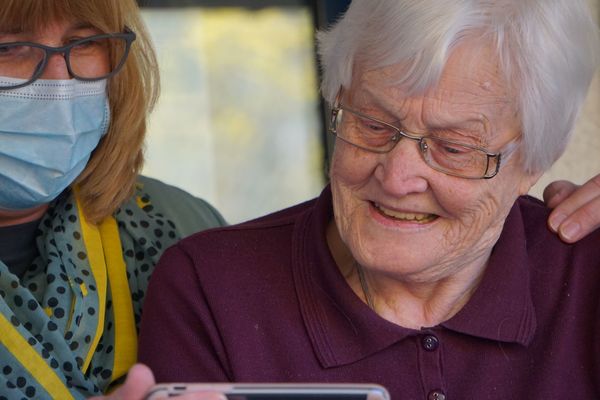
Key Takeaways
- The results of the Community-Based Care Transitions Program study suggest the Chicago Southland Coalition for Transition Care program effectively reduced both hospital readmissions rates and related costs.
- Among patients who received the program, the program reduced 30-day readmissions rates by 19%.
- It also significantly decreased their readmissions cost burden. Readmissions costs over a 30-day period declined by 30%, enough to offset the cost of the program. Cost savings increased for patients at higher risk levels.
Mechanics
In an effort to reduce hospital readmissions and costs, the Affordable Care Act launched the Community-Based Care Transitions Program (CCTP) in 2012. CCTP programs operated at numerous sites across the country and provided transitional care to low-income patients after they were discharged from the hospital. CCTP was broadly intended to reduce readmissions by 20%, but programs saw varying degrees of success.
Chicago Southland Coalition for Transition Care (CSCTC) was a CCTP program that operated within four Chicago hospitals. This program served predominantly low-income Medicare patients from the city’s south side. From 2012 to 2015, the CSCTC program served over 16,250 patients.
To measure the impact of the program, LEO researchers completed a retrospective analysis by comparing the 30, 60, and 90-day readmission rates of the four hospitals that offered the CSCTC program with 15 similar hospitals that did not.
What We Learned
The results of the CCTP study show the program effectively reduced readmission rates and cut costs for participating hospitals.
Before CSCTC began, all of the hospitals included in the study had readmissions rates of 23.2%. In the three years after launching the program, hospitals that offered CSCTC had an average 30-day readmission rate that dropped 2.9 points, from 23.3% to 20.4%, compared with a 2.0 point drop among non-participating hospitals. Among patients who received the program, our analysis finds that CSCTC reduced readmission within 30 days by about 19% of the sample average.
The results also suggest the program significantly decreased the cost burden of readmissions. Hospitals that offered the CSCTC program saw a 32% decrease in 30-day readmissions costs. Over 60 and 90 days, costs fell by 32.5% and 20.7%, respectively. Taken together, CSCTC reduced readmissions costs by approximately the full cost of providing the program.
LEO researchers also found that while the impact of the CSCTC program on readmissions was generally the same across patients, cost savings from the program were much higher among the most serious cases.
Where We’re Going
The CCTP study provides a number of important insights. First, the success of the program suggests high readmission rates may be due to social as well as medical challenges. The CSCTC program used social workers to help patients navigate the social and logistical obstacles they face to recovery. This may not only be cheaper but also more effective than using medical personnel to administer services.
Second, this study contributes to the broader literature on the efficacy of CCTP programs. Though past evaluations show many CCTP programs have only modest benefits at best, the CSCTC program shows promising results. This information is key for policymakers and medical providers who are working to reduce unnecessary hospital readmissions. The CSCTC program is both scalable and replicable, and can serve as a model for other providers working with vulnerable hospital patients.
Learn with us.